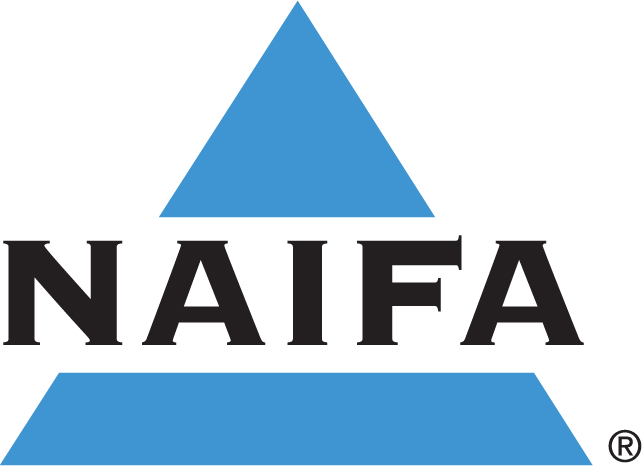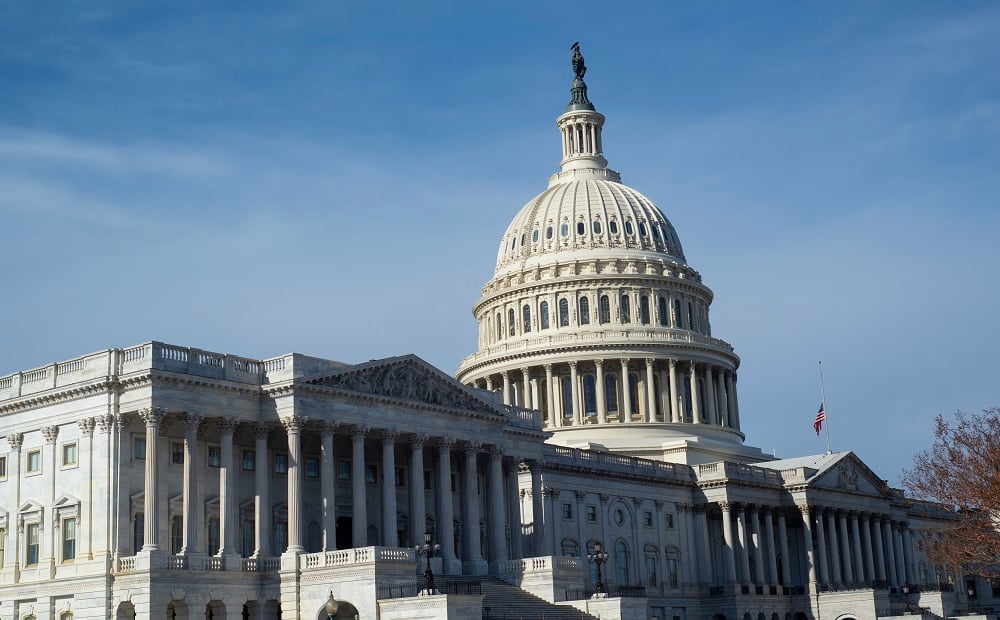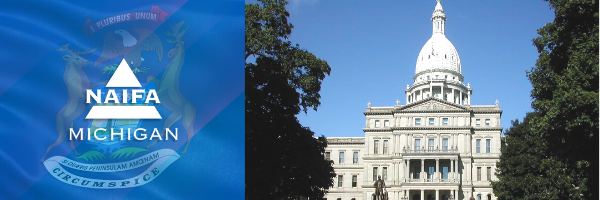NAIFA joined other industry organizations in sending a letter to Senators Patty Murray (D-WA) and Richard Burr (R-NC), the Chair and Ranking Member, respectively, of the Senate Committee on Health, Education, Labor and Pensions, thanking them for their bipartisan support for retirement-reform legislation.
The committee marked up and advanced the Retirement Improvement and Savings Enhancement to Supplement Healthy Investments for the Nest Egg Act (RISE and SHINE Act) the day after the letter was delivered to the committee leaders. The Senate Finance Committee is developing retirement legislation, focused on tax provisions, that is expected to eventually be combined with the RISE and SHINE Act. The resulting Senate bill will then need to be reconciled with retirement legislation passed by the House of Representatives earlier this year.
The RISE and SHINE Act includes:- A set of provisions setting up a “Rainy Day Savings Fund”—under this program, taxpayers could defer up to 20 percent of their tax refunds into a Treasury-established “Rainy Day Fund” that would earn tax-free interest. The Treasury Department would write regulations implementing the program which would allow taxpayers to withdraw, prior to retirement, the amount deferred (amount deposited—up to 20 percent of their tax refund) plus the interest it earned. The rules for the tax treatment of these withdrawals will likely be in the Finance Committee version of SECURE 2.0. NAIFA supports these provisions, and has written to the proposal’s sponsors, Sens. Todd Young (R-IN) and Cory Booker (D-NJ) to express this support.
- A rule that would require that every three years automatic enrollment plans automatically enroll their workers who initially opted out of participation in the plan unless the workers renew their decision to opt out.
- A provision that would allow non-governmental 403(b) plans to participate in multiple employer plans.
- A provision that would allow plan participants who are leaving their current employment to keep their retirement savings of $7,000 or more (up from $5,000 under current law) in the employer’s plan.
- A provision that would make long-term part-time workers (those who work at least 500 hours/year) eligible to participate in their employers’ retirement savings plans after two years (down from current law’s three years) of qualifying service.
- An extension to 2031 authority to use excess pension funds to provide retiree health benefits – current authority expires in 2025.
- Mandates for a variety of studies on notice and disclosure rules by the Department of Labor (DOL), Treasury and the Pension Benefits Guaranty Corporation (PBGC). It also would require the agencies to develop model plan language on a variety of issues (e.g., for 403(b) plan participation in multiple employer plans).
- Consolidation of required notice and disclosure rules—The bill would allow employers to consolidate notice and disclosure requirements, subject to specific rules on what consolidated notice/disclosures must contain and how often they must be provided.
- Creation of a “lost-and-found” searchable database that would allow individuals to find retirement savings funds left behind at previous employers.
Often referred to as SECURE 2.0 legislation, the retirement bill was a focus of discussions during in-person meetings with Senators at NAIFA's annual Congressional Conference in late May. More than 500 members from across the United States gathered in Washington for NAIFA's signature grassroots event. They represented not only the insurance and financial services industry, but also their Main Street businesses, clients, and communities.







